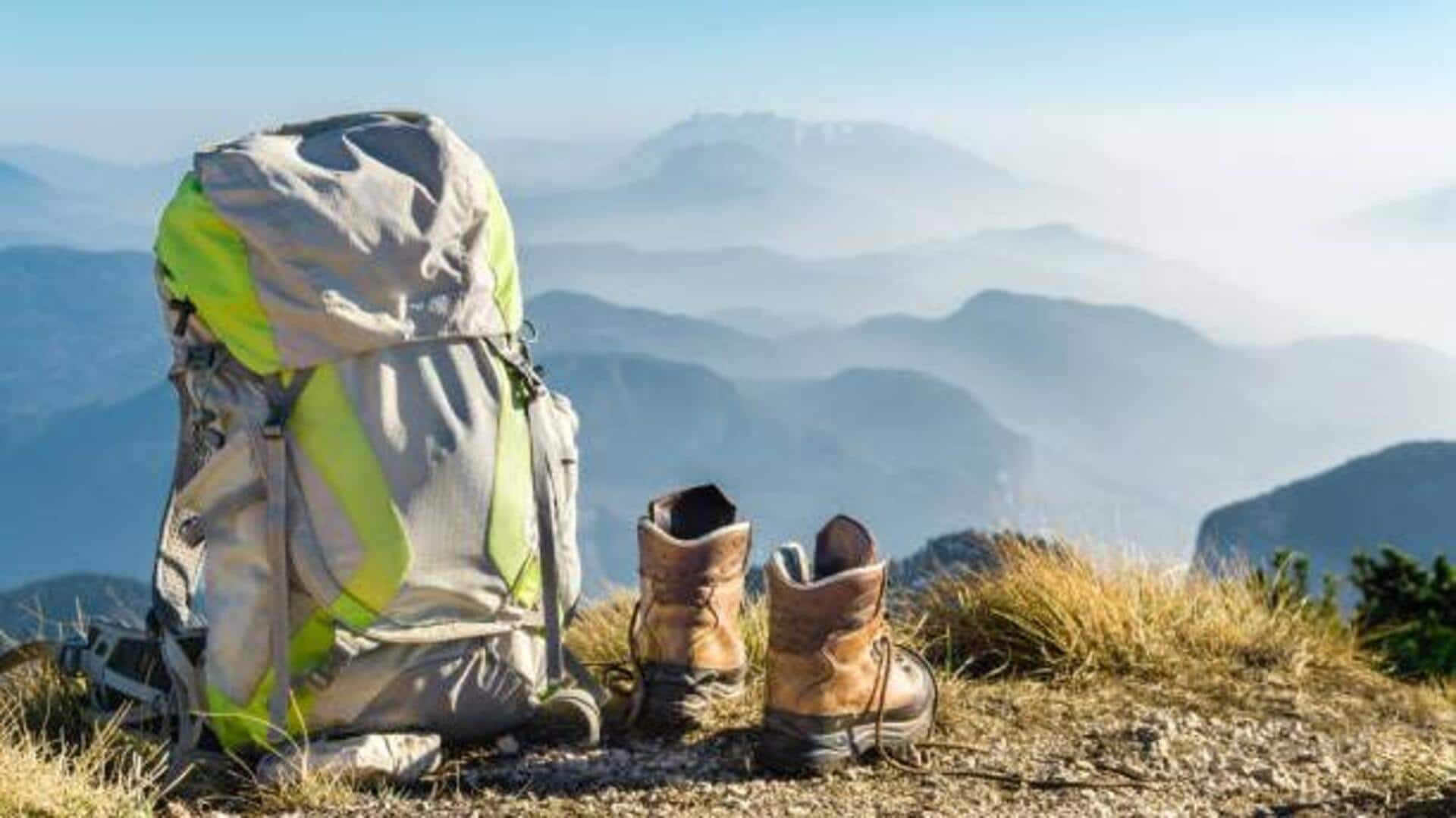
How to prepare for glacier hiking
What's the story
Glacier trekking is one of those rare opportunities to trek across some of the most beautiful landscapes on Earth. However, as adventurous as it may sound, glacier trekking also calls for a lot of preparation and the right gear to stay safe and have fun. Here's what you need to pack and some tips for glacier trekking.
Layering
Proper clothing layers
When trekking on glaciers, wearing appropriate layers is crucial. Start with a moisture-wicking base layer to keep sweat away from your skin. Add an insulating layer like fleece or wool for some warmth, followed by a waterproof outer shell to protect against wind and snow. This combination helps regulate body temperature while keeping you dry.
Footwear
Essential footwear
Choosing the right footwear is crucial for glacier trekking. You need sturdy boots with good ankle support to navigate uneven terrain safely. Also, make sure they are waterproof and crampon-compatible, which offers traction on icy surfaces. Properly fitted boots also prevent blisters and provide comfort during long treks.
Navigation
Navigation tools
Navigating glaciers is no child's play. You can't just follow footprints in the snow. Always carry a reliable map and compass, as electronic devices can fail in extreme conditions. A GPS device can come in handy but should never replace traditional navigation tools completely. Knowing how to use these tools ensures you stay on course.
Safety gear
Safety equipment
Safety equipment is non-negotiable when glacier trekking. A helmet protects against falling ice or rocks, while an ice axe aids in self-arrest if you slip on steep slopes. Ropes are essential for crevasse rescue scenarios, especially when traveling in groups where mutual assistance might be needed.
Food & water
Nutrition and hydration supplies
Maintaining energy levels during glacier treks is only possible with adequate nutrition and hydration supplies. Pack high-energy snacks like nuts or dried fruits that provide quick fuel without taking up much space or weight in your backpack. Also, carry enough water bottles since dehydration occurs faster at higher altitudes due partly to lower humidity levels found there compared to sea level environments typically experienced in daily life activities elsewhere globally speaking.